Reviews:
No comments
Related manuals for PRIMUS 1000
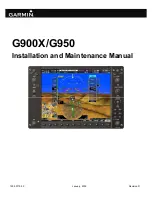
G900X
Brand: Garmin Pages: 681

CVG413
Brand: Casselin Pages: 48
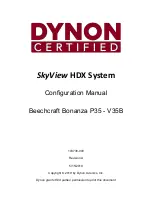
SkyView HDX System
Brand: Dynon Pages: 27
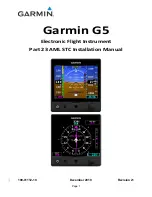
Approach G5 - GPS-Enabled Golf Handheld
Brand: Garmin Pages: 285
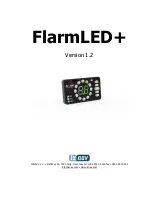
FlarmLED+
Brand: LXNAV Pages: 26
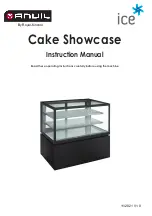
Anvil DGHV0540
Brand: Royal-Kincool Pages: 25

Cessna Caravan G1000
Brand: Garmin Pages: 65

Glo-Ray GRCD-2PDG
Brand: Hatco Pages: 2

DCH-1000
Brand: Antunes Pages: 17

FS-450
Brand: J.P. Instruments Pages: 28

EDM-350
Brand: J.P. Instruments Pages: 46

EDM960
Brand: J.P. Instruments Pages: 94

4554642052
Brand: Nordcap Pages: 12

233276
Brand: Arktic Pages: 92
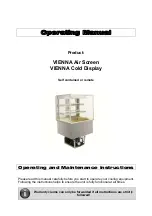
VIENNA Air Screen
Brand: RPI Pages: 17
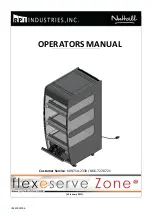
Nuttall Flexeserve FXZNA
Brand: RPI Pages: 25

















